THE GRUDGE (2020)
A house is cursed by a vengeful ghost that dooms those who enter it with a violent death.
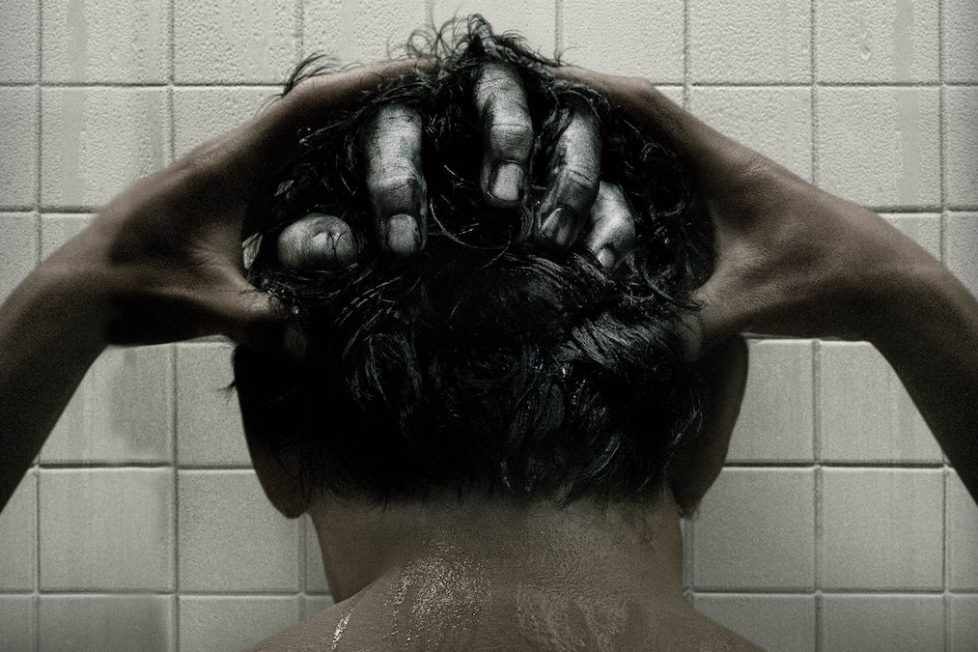
A house is cursed by a vengeful ghost that dooms those who enter it with a violent death.


There’s something peculiar about recent horror films. It’s not that there are seemingly endless remakes and reboots and reimaginings. We’ve come to accept that as a part of our film diet—as unwelcome but inevitable as steamed vegetables, only less nourishing. What’s peculiar is the fact the majority of these reboots are produced with so little imagination, so little perspective, and so little purpose… which goes against the point of doing a reboot.
Ideally, the catalyst for these kinds of movies would be a young exciting filmmaker having a new take on an old classic—a la John Carpenter’s The Thing (1982) or David Cronenberg’s The Fly (1986). But maybe this is idealistic and not realistic. Increasingly, the impetus for these movies is producers noticing a cheap intellectual property, seeing it has a readymade fanbase, and churning out cheap and generic material that caters to those familiar with the title. Remove the recycled iconography and that famous name, and these films are interchangeable, as generically produced as a supermarket’s own version of a name-brand.
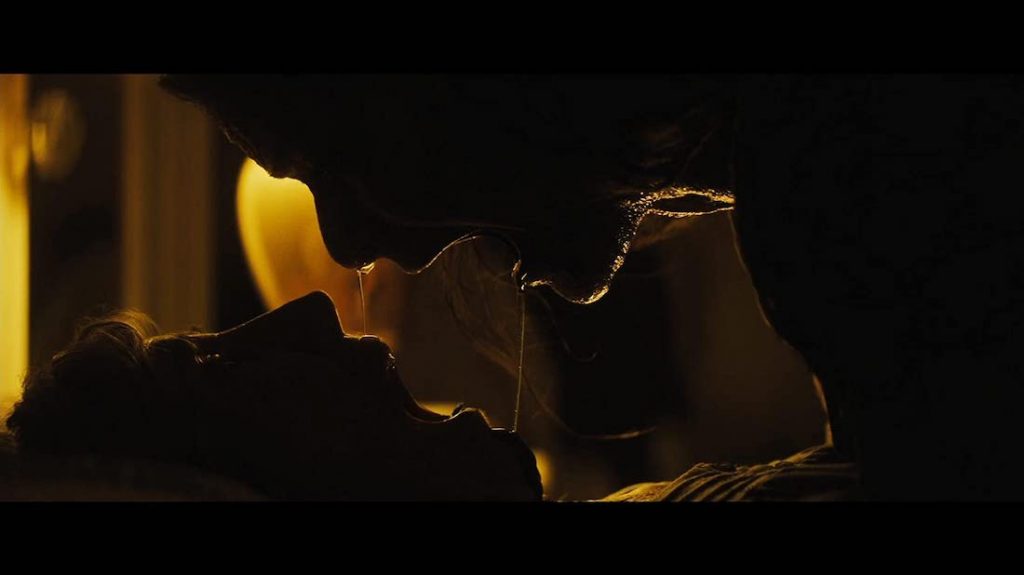
This is nothing new. Audiences and critics have been bemoaning this practice for as long as these films have existed. But as long as they keep getting made, the criticism will be valid. Enter The Grudge, a film so listless and formulaic it could’ve been made by an algorithm. A quasi-remake/reboot of a long-standing franchise that originated with Takashi Shimizu’s Ju-On: The Grudge (2002), this latest version, helmed by Nicolas Pesce, adds to a long and convoluted series that had already reached its expiration date by the time it was parodied in Scary Movie 4 (2006).
Vaguely incorporating elements of Grudge films past (including the first US remake from 2004, confusingly also titled The Grudge), Pesce’s remake follows multiple cases of ghost crimes in flashback form, with overqualified Andrea Riseborough playing the ghoul detective in the present day, trying to figure out what it all means. This grisly true-crime approach reaches for something akin to Se7en (1995) and, as a result, ends up too self-serious and by-the-numbers. The film works as if it’s on rails with dozens of cliches checked off: grizzled detectives, torch-lit storage rooms, and endless laptop-research scenes. It all feels like a video game from a decade ago.
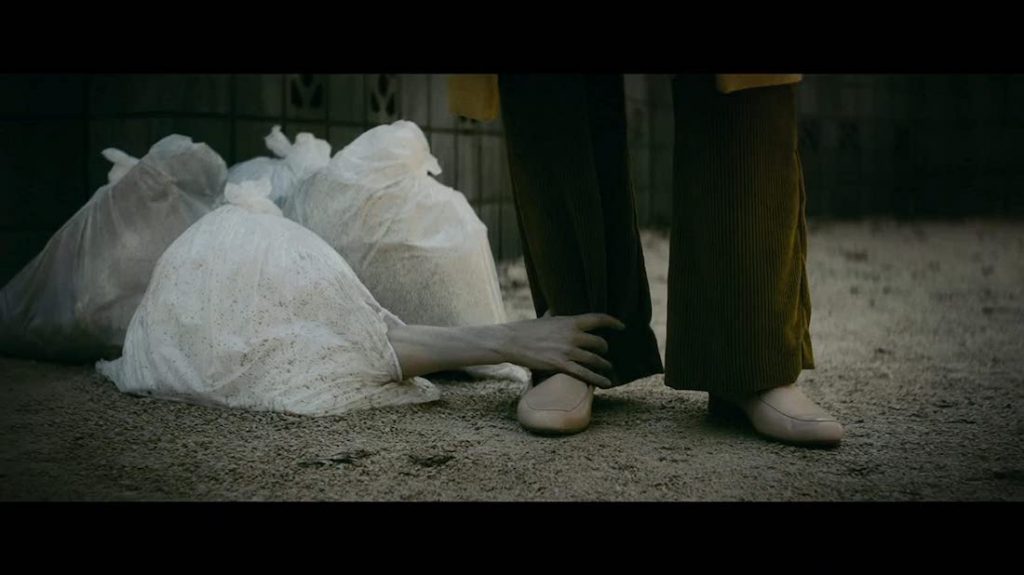
One of The Grudge’s most apparent flaws is how the flashbacks and the investigative approach imply there’s a mystery to be solved… but the appearance of a familiar long-haired ghost just two minutes in announces this story has few surprises and a no real mystery. The audience is often several steps ahead of the characters, and we know nothing after 80-minutes we didn’t know after eight. We’re just hanging around, waiting for the film to conclude.
Time-hopping narratives and multiple story strands aren’t inherently a bad idea. When given the right amount of narrative space, this approach can reveal complementary ideas and themes that tie together in meaningful ways. Serialised TV series are uniquely equipped for this model. But it proves to be a mistake in The Grudge. In the first 10-minutes, an American family is established as the igniter of this story, but they’re scarcely mentioned throughout the rest of the runtime.
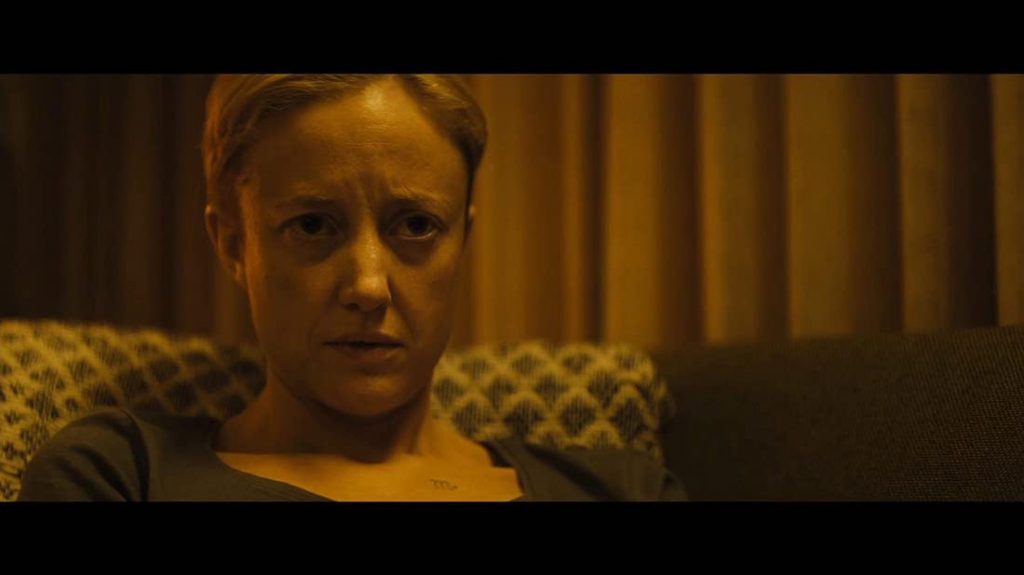
Detective Muldoon (Riseborough) is next introduced as a dedicated single mother to her young, anxious son—a dynamic that doesn’t reappear until the film’s end. In another flashback scene, we meet married couple Peter (John Cho) and Nina Spencer (Betty Gilpin), who disappear for half-an-hour in the middle. Amongst this is probably the strongest story, as married couple Faith (horror legend Lin Shaye) and William Matheson (the always terrific Frankie Faison) deal with dementia and demons. But they’re given little space to breathe, and Pesce makes the unfortunate decision to reduce Shaye’s role to that exhausting cliché of “crazy people are scary, right?”
There are other plot points that don’t add much, including a troubled detective and his suicidal partner, and the overly-familiar little ghost girl. Each of these additions means that Riseborough has to fight for elbow-room. Most of Muldoon’s arc consists of her sitting in front of laptops and frowning. As the film moves her lugubriously along, her storyline becomes even more inert with no tension or conflict to speak of. Occasionally she, or another character, will face a moody ghost, but there’s not much to joy in these encounters. Scares are signposted and of the quiet… quiet… LOUD! variety. The film even dredges up the old chestnut of characters leaning their faces into sinks to splash water on their face… and you can probably guess what happens when they stand back up! It’s such a recurring formula that the great Paul F. Tompkins even did a standup bit about it.
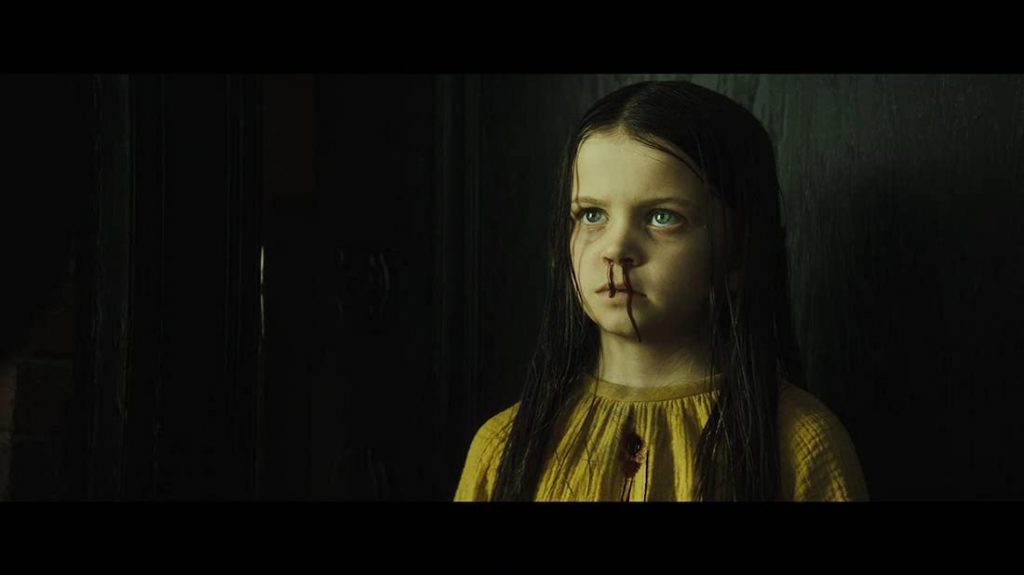
The ghouls themselves suffer from Insidious syndrome: they look vaguely nasty but without a single interesting characteristic. They’re the kind of generic design you’d find if you Googled the word ‘scary’—on-par with theme park employees at Halloween. If the film does have something to offer to genre fans in its set-pieces, it’s the welcome use of some practical SFX that are enjoyably grim: prosthetic fingers are lopped off and rotting corpses sit in front of flickering televisions. The choice to lean into some well-designed gore is ironically the bright spot in a film that’s otherwise ineffably dull.
However, while genre fans will usually embrace a nice bit of bloodshed, in The Grudge it feels more like a crutch than anything intrinsic to the story. Classic ghost stories like The Changeling (1980) and The Sixth Sense (1999) managed to chill without a drop of blood spilt. It’s not necessarily a sign of weakness when a film pumps up the gore levels, but when the story’s as weak as The Grudge‘s, it doesn’t feel like much more than a colourful distraction.
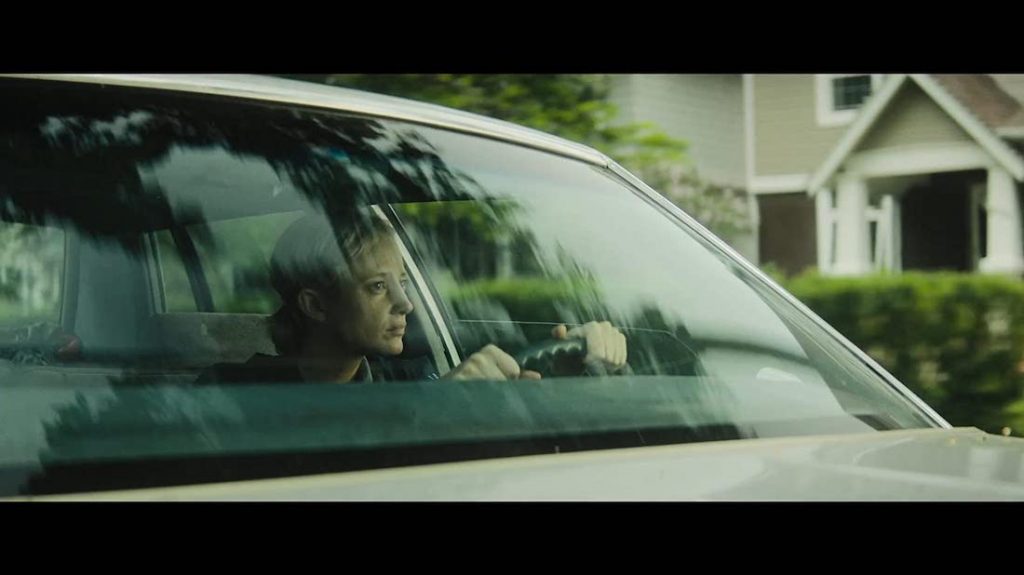
Through randomly placed scares and predictable reveals, the film struggles towards an unsure conclusion. It’s so ingrained in the DNA of many horror filmmakers that the final act must contain a showdown between the protagonist and the Big Bad, but rarely has it felt as arbitrary as it does here. With a nemesis as vaguely defined as the ghosts of The Grudge, the decision to fight them elicits a shrug. We never really get the sense of why this is Muldoon’s battle, and when it comes time for the big fight it’s hard to muster the energy to care. The film’s stinger is equally uninspired and hints there will be more money to be made from this franchise in the future.
The Grudge, by Pesce’s admission, is a hodgepodge of previous films in the series, but it’s also an amalgam of all middling horror at this point. It’s frustrating to come away from a film that has undeniable talent involved, and source material with genuine potential, and feel like you’ve been given the warmed-up leftovers of someone else’s meal.
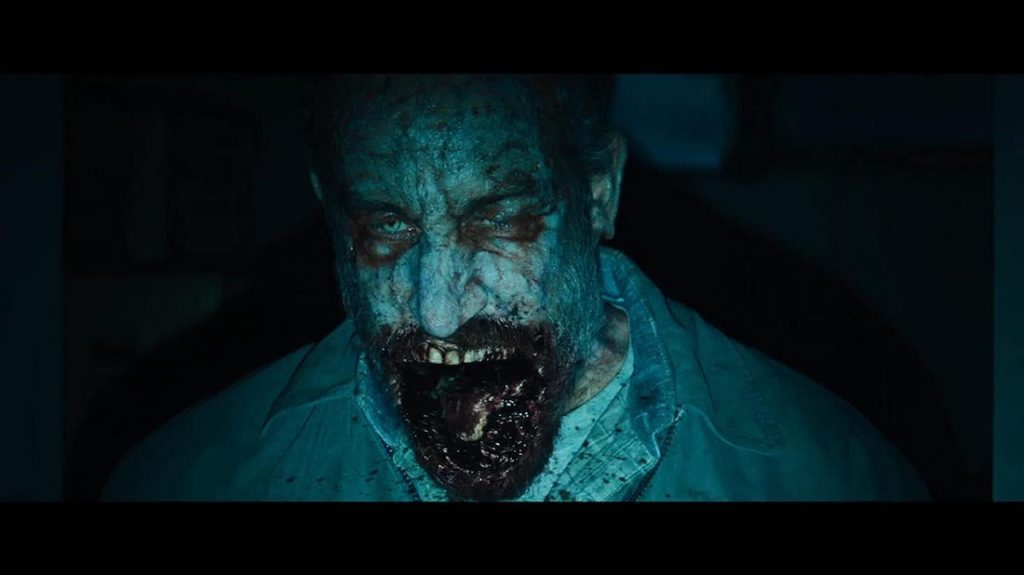
Ultimately, it doesn’t matter The Grudge is a reboot. It doesn’t matter because whether the scares, ghouls, and concept are original or borrowed, none of them would feel particularly new in 2020. The fact of the matter is, a dozen films are made every year that function exactly as The Grudge does, bereft of wit or fun.
There is fantastic horror out there, and much of it has been made by this film’s inexplicable producer, Sam Raimi, but this has the characterless sheen of a film developed in a boardroom. It’s been designed to hit the beats of ‘respectable’ mainstream horror. The Grudge isn’t the worst offender I’ve seen, it’s another one of many. If horror is going to be reimagined, retooled, and reanimated…. can’t we at least do something interesting with it? For guidance on how to smartly subvert a horror classic, one only need look at last year’s excellent Child’s Play (2019). The Grudge, on the other hand, seems happy to fill a quota; riskless and joyless, it’s a grudge best forgotten.
USA | 2020 | 94 MINUTES | 2.39:1| COLOUR | ENGLISH

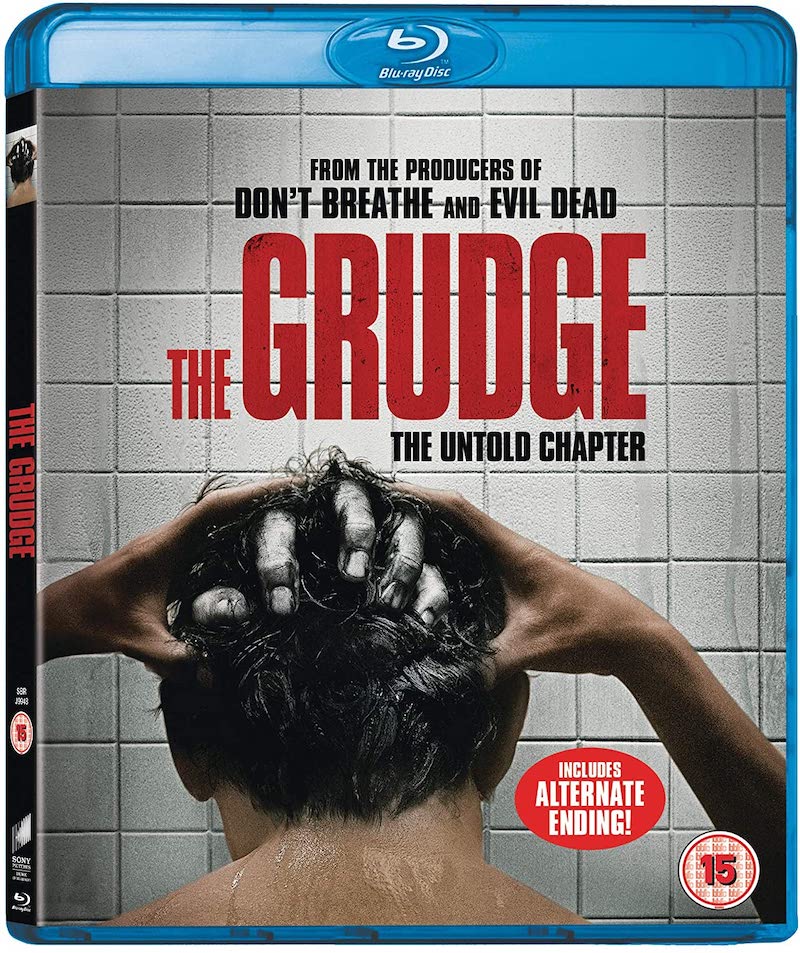
The Grudge: The Untold Chapter (as this Blu-ray is being marketed) looks and sounds decent enough. The gore appears sickly and sticky, while some of the early scenes shot with wide-angle lenses are undeniably pretty with the golden hues nicely recreated in 1080p. Unfortunately, so many of the film’s interior scenes have a visual drabness that doesn’t exactly pop off the screen, but the Blu-ray presentation does its best.
The Newton Brothers, who composed one of my favourite recent horror scores to 2018’s The Haunting of Hill House Netflix series, do solid work with the score on the DTS-HD Master Audio 5.1 soundtrack.

director: Nicolas Pesce.
writers: Nicolas Pesce & Jeff Buhler (based on ‘Ju-On: The Grudge’ by Takashi Shimizu).
starring: Andrea Riseborough, Demián Bichir, John Cho, Betty Gilpin, Lin Shay, Jacki Weaver & Frankie Faison.
